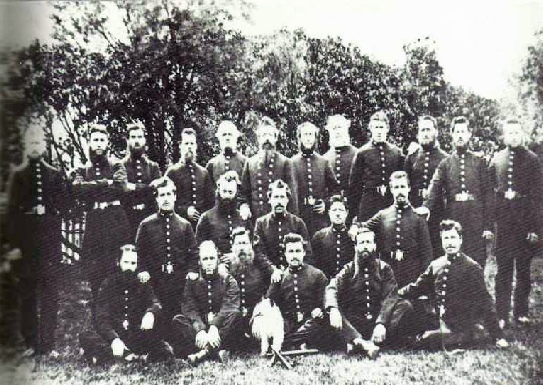
|
|
|
Old Payscale |
New Payscale |
|
Superintendent |
Class 1 |
£150 per annum |
£170 per annum |
|
|
Class 2 |
£125 per annum |
£140 per annum |
|
Inspector |
Class 1 |
£90 per annum |
£110 per annum |
|
|
Class 2 |
£80 per annum |
£90 per annum |
|
Sergeant |
Merit Class |
N/A |
33s per week |
|
|
Class 1 |
28s per week |
31s per week |
|
|
Class 2 |
25s per week |
29s per week |
|
Constable |
Merit Class |
N/A |
28s per week |
|
|
Class 1 |
23s per week |
27s per week |
|
|
Class 2 |
21s per week |
24s per week |
|
|
Class 3 |
19s per week |
21s per week |




Home
Villages Websites
Barling Magna
Great Wakering
Foulness
Shopland
Gallery
Miscellany
Information

 The growth of the Essex Constabulary by no means kept pace with the growth of population in the county during the nineteenth century. In 1840 an inspector and two constables was considered sufficient for the growing seaside resort of Southend, which in that year had a population of 5,279 if one includes Leigh-on-Sea and the other five parishes which eventually made up the borough of Southend-on-Sea. At the 1871 Census the population of that same area had risen to 9,747, but the strength of the police had not increased in proportion.
The growth of the Essex Constabulary by no means kept pace with the growth of population in the county during the nineteenth century. In 1840 an inspector and two constables was considered sufficient for the growing seaside resort of Southend, which in that year had a population of 5,279 if one includes Leigh-on-Sea and the other five parishes which eventually made up the borough of Southend-on-Sea. At the 1871 Census the population of that same area had risen to 9,747, but the strength of the police had not increased in proportion.